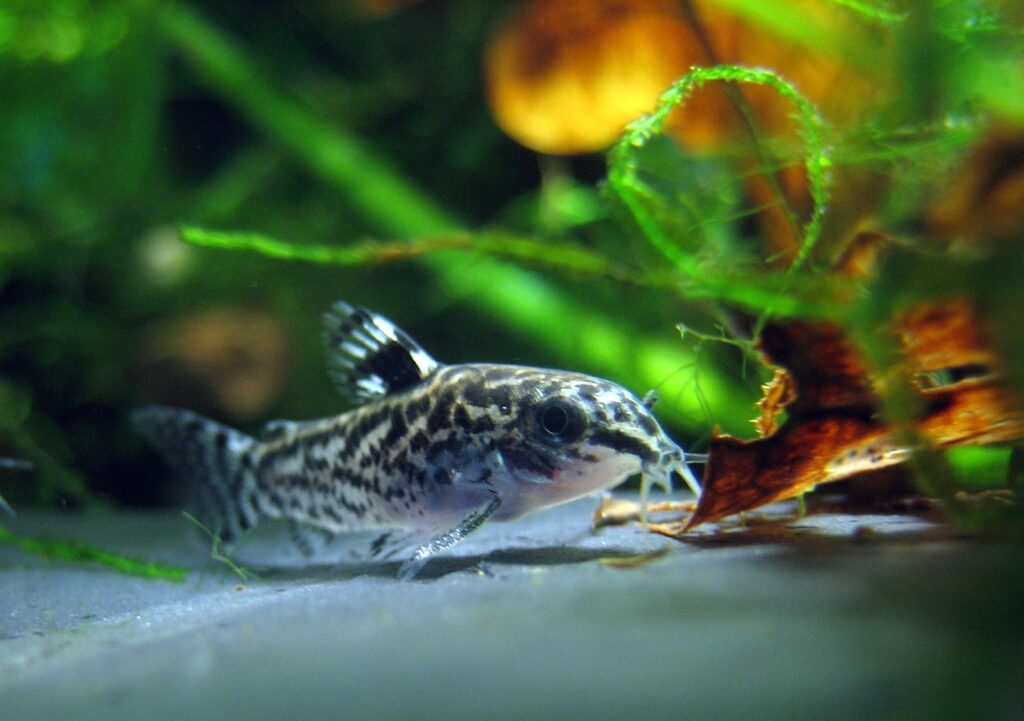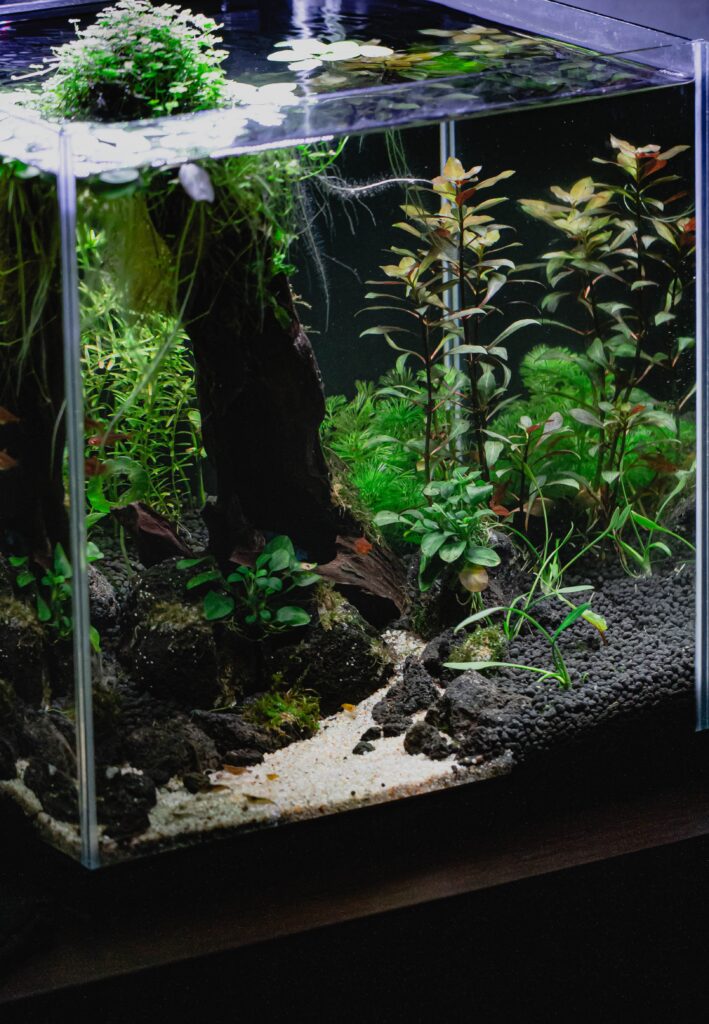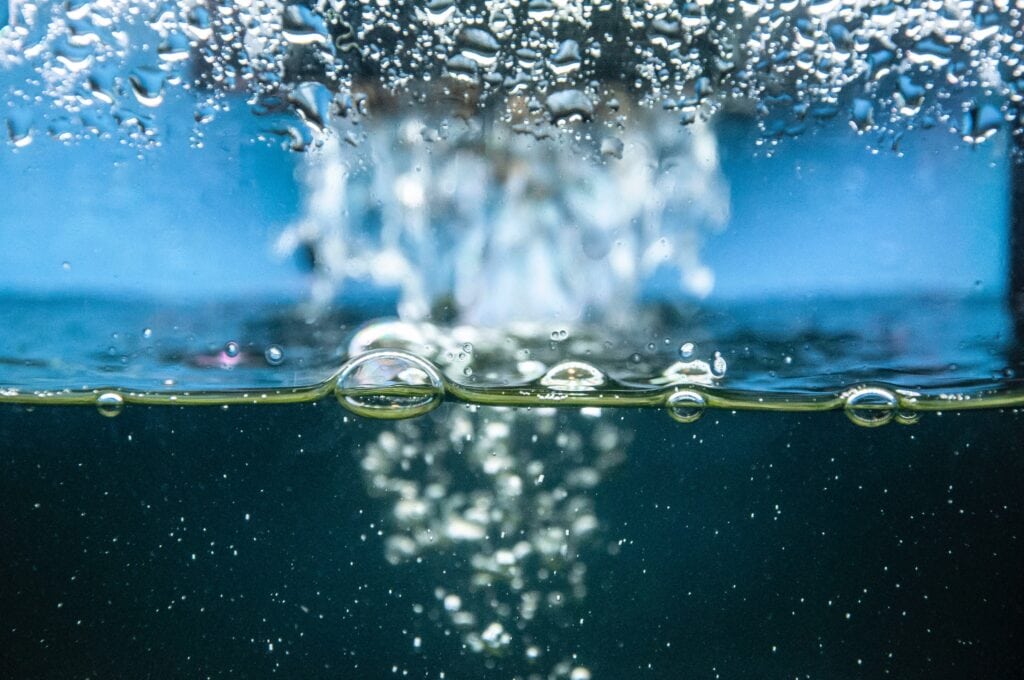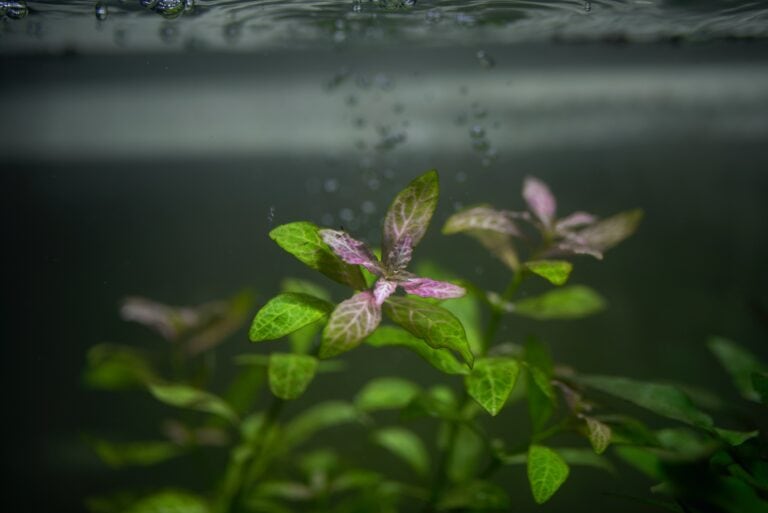
Changing Aquarium Water: 10 Commonly Asked Questions
Quick Search
1. How do I change aquarium water?
Changing aquarium water is one of the most important things you can do as an aquarium keeper. Thankfully it is also an easy process. There are multiple ways you can accomplish this, but the main thing is that you take some of your current “dirty” aquarium water out and add some clean dechlorinated water in.
You can use a handy tool like a Python gravel cleaner (link to the right), a piece of airline tubing (something I like to use for smaller tanks), or something as simple as a cup can accomplish this goal. Many use changing water as a chance to remove organic matter like fish poop from the substrate. Changing aquarium water helps dilute any problems that may be building up in the water.

2. How often should I change my water in my aquarium?
Depending on who you ask, this question can be answered in many different ways. Most will say weekly or biweekly. Some will say that they practically never change their water. The correct answer is that it depends. It depends on if your water is dirty or not. This can be checked by using a test kit or test strips. You will want to primarily check for high levels of Nitrate. Since testing can be expensive many choose to simply figure out a schedule that works for them.
One thing to keep in mind is that you want to have some nitrates in your water for live aquarium plants. Plants are amazing at “cleaning” nutrients and pollututants out of the water and can greatly help in doing fewer water changes.
3. How much aquarium water should I change at once?
Again, this is a question that has multiple answers. No one amount is the “right” amount. This will depend on how “dirty” your tank is. “Dirty” can mean high nitrates, any level of ammonia, or nitrite, or it could maybe be a foreign substance that has gotten into the tank like a chemical.
Ten percent weekly is generally an acceptable amount for most regular water change schedules. But sometimes you may want to do a large water change if you are experiencing a bigger problem in the tank like a chemical getting in. Perhaps if it is a tiny aquarium that is easy to change a large amount you can even do a 100% water change.
Just be aware that large water changes can greatly change the water chemistry and can stress your fish out, even to the point of killing them. This is a common problem called “Old Tank Syndrome”. It is caused when your water has been left “dirty” for a long period and your fish have grown accustomed to it. Then when a large amount of the water is changed with clean water, it shocks them. Be careful to keep your water at stable levels.

4. When should I first change my water in a new aquarium?
When cycling your tank, it can be hard to tell when to do the first water change. I would recommend testing your water and doing a water change toward the end of the cycle. Everyone can have different times for when that is, so testing the water will help you know when your ammonia has broken down and is registering as nitrate. The key is to allow the tank to cycle before doing water changes.
There are unique exceptions for those like aquascapers who are doing large doses of fertilizer. They like to do large water changes on an almost daily basis when first starting an aquarium to diminish algae growth opportunities.
5. Should I heat my aquarium change water before adding it? How can I heat it?
Heating your water is a good idea if your water your adding is at a very different temperature than the water in the tank. The key is to avoid any wide swings in temperature. Most fish we keep in aquariums will go through mild temperature swings in the wild. Because of this, I would not worry about getting your water to the perfect temperature of your aquarium, especially if it is a small water change.
There are multiple ways to heat your aquarium water up to an acceptable range. If it is coming out of your sink very cold, one of the easiest things to do is to just leave it out for a while. Some people like to “age” their water overnight to help with chlorine and temperature. Another easy way to heat your water is to adjust the temperature right at the spout. Some spouts allow for more precise adjustments than others. If both of these are not possible then you can use an aquarium heater in a bucket to bring the water to your desired temperature. Be careful with heaters and plastic buckets.
6. Why is my aquarium cloudy after a water change?
After doing a water change it is not uncommon for your water to get cloudy. This can be caused by a few things. First, you may have simply stirred up the waste from your substrate and now it is floating around the tank. A second reason could be a bacterial bloom caused by nutrients in the water. Green water or algae is another common cause of cloudiness in a tank. Fine sand that is stirred up can cause cloudiness as well. Most reasons you will find should not cause alarm, unless your fish are looking ill directly after adding the new water. This would be a good time to check your water parameters.
7. Why are there bubbles in my fish tank after cleaning it?
Bubbles on different surfaces in your aquarium, immediately after adding new water, is very common, and is typically not something to worry about. The bubbles are caused by oxygen being formed from the newly added water. Your tank water is typically warmer and cannot hold as much oxygen.

8. Why are the fish at the top of my tank after a water change?
Whenever fish are gasping at the top of the tank you should start to check water parameters. I would recommend checking filters, heaters, and doing a water test. However, the majority of times you find fish gasping at the top is because of not getting enough oxygen. I recommend an air pump and air stone to help supply air to the tank at all times.
If this is happening directly after a water change it could also be shocked. It could be that the water temperature has swung too much or the water chemistry has changed drastically. Again, be sure to check water parameters.
9. Why are my fish on the bottom of my fish tank after a water change?
It is not uncommon for fish to hide during a water change. In most cases, the best place to hide is toward the bottom of the tank around decorations. I have had fish that seem scared of their shadow and fish that like to swim directly into my net. Again, however, I would recommend checking the basics in the water, like temperature and ammonia. A water test should help make sure your fishy friends will be okay.

10. Do I have to change water in my aquarium?
This has been debated by many for quite a while (and still is). You can find strong arguments for both positions. My opinion both have some merit but yes, in my opinion, you must do water changes in your aquarium at some point. However, I believe you can make it so that you rarely have to change the water. This can be accomplished through lots of plants and low fish loads. The key is to create an ecosystem with balance.